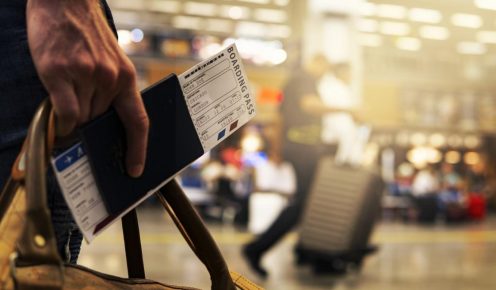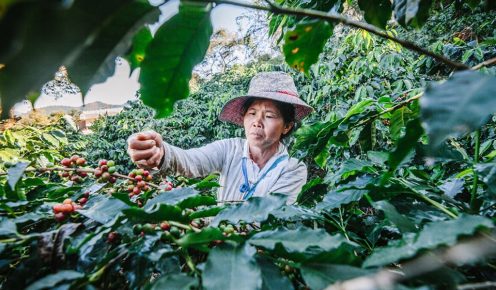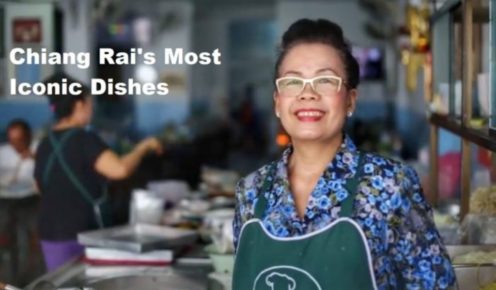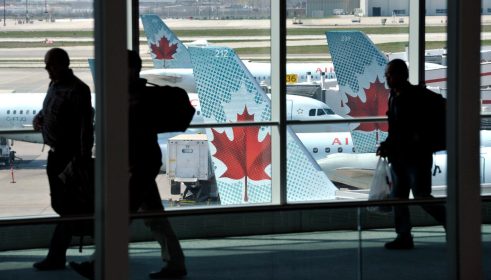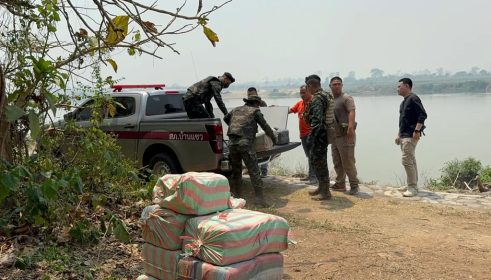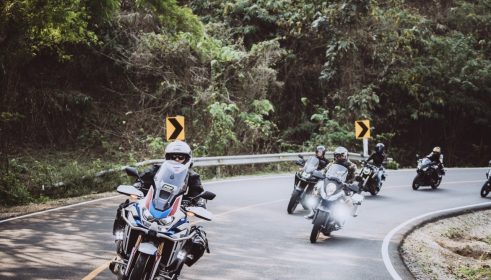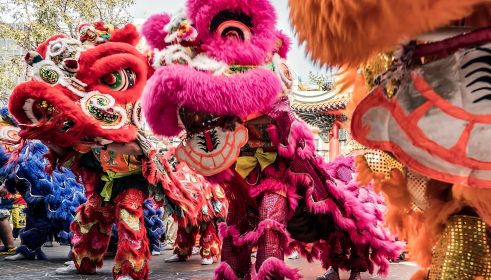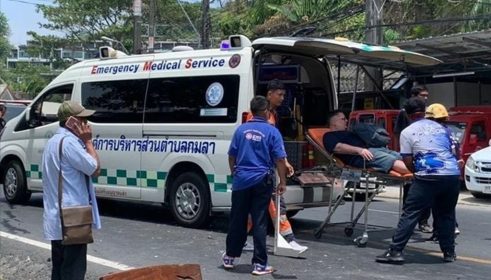Bangkok is gradually cleaning up its sidewalks and managing street food carts, one of its most popular tourist attractions, in order to handle foot traffic and provide hygienic street cuisine.
For decades, street food has been an economic lifeblood to the city. It provides economical lunches to office workers, day labourers, and visitors alike, while also allowing sellers to earn a steady income.
But the long-standing street food tradition is about to change. Within the capital city of around 15 million people, there is an increasing demand for Bangkok to provide a safe environment for walkers on its narrow and congested pavements.
Bangkok Governor Chadchart Sittipunt said that the Bangkok Metropolitan Administration (BMA) will hold a public hearing this month on draft laws for street food. It encompasses zoning, the vendor screening process, as well as technical concerns and food hygiene requirements.
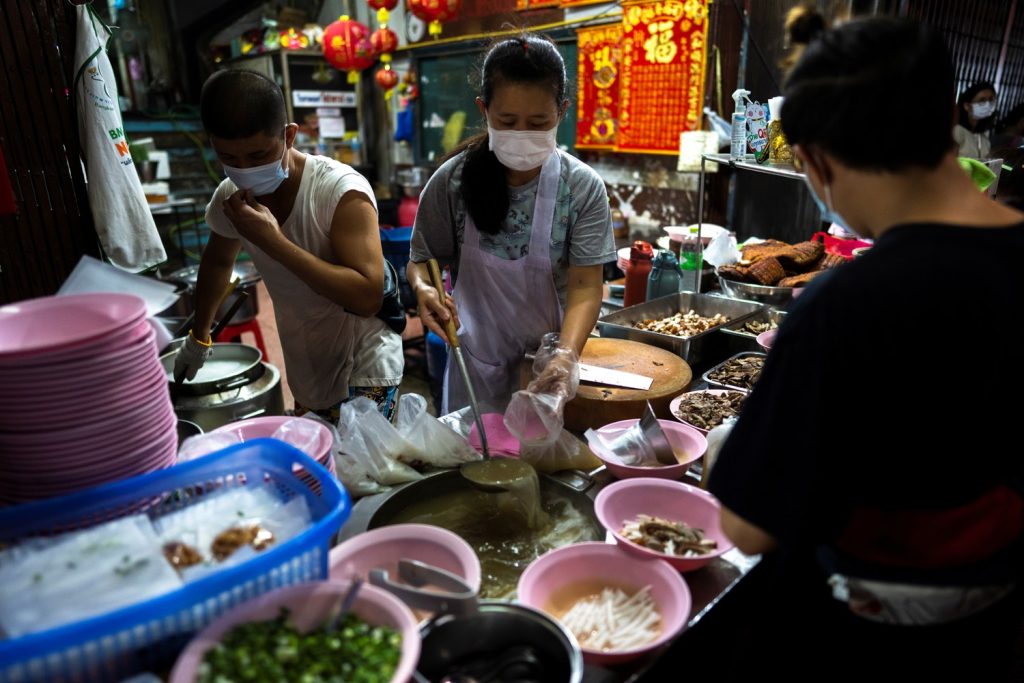
In Bangkok, many sidewalks are occupied not just by street food sellers, but also by signboards, bus stops, motorbike taxi stations, garbage cans and trees. Most Bangkok sidewalks are less than two metres (6.5 feet) wide.
A fruit seller on Sukhumvit Road, a major thoroughfare in central Bangkok, told BenarNews that she hired the front stairs of a building for her business. This allows her to place the cart on the footpath yet move it to the steps as needed.
Stalls like this cause complications for Bangkok resident Manit Intharapim, 56, who has been confined to a wheelchair for over three decades.
“Bangkok’s pavements have never improved. “They’ve been like this for so long that no one notices anything wrong with them,” he explained. “We want good, convenient, clean and safe pavements for everybody,” Manit went on to say.
The metropolitan administration intends to rebuild 1,000 kilometres (621 miles) of Bangkok sidewalks, making them cleaner, clearer and more organised by adding more greenery and repairing problems such as uneven floors, potholes, loose tiles and pools of water.
About a year ago, the BMA revealed plans to relocate over 70 stalls in Silom, including Somsak’s, to a nearby hawker centre. A dispute between sellers and BMA officials nearly got physical, but no one was injured.
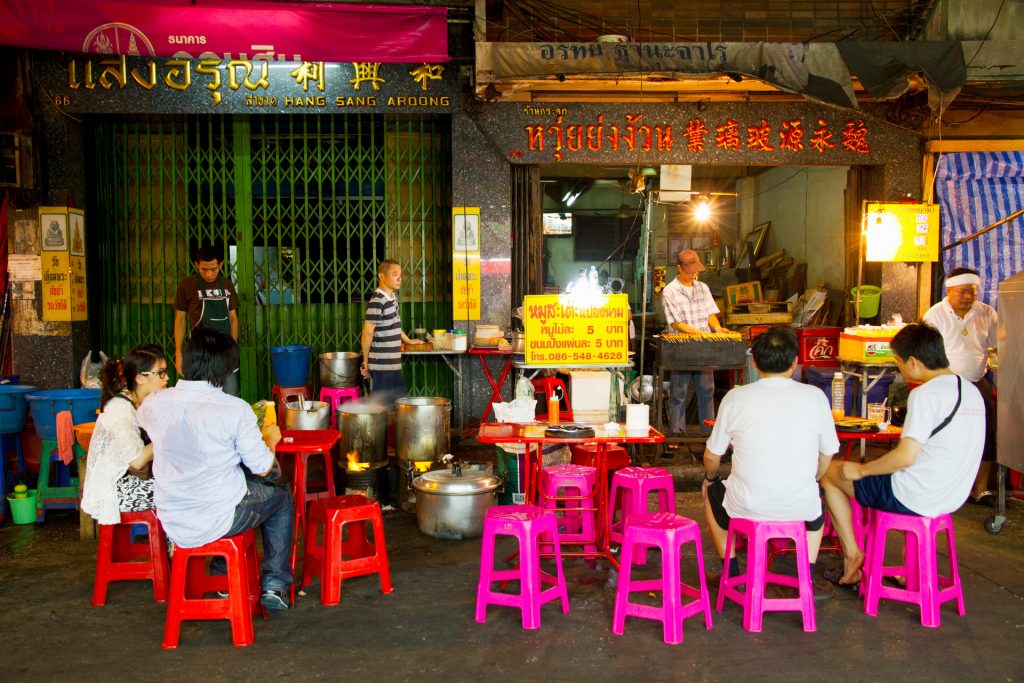
In Silom alley, a nearby pig soup shop sets up tables and chairs as an eating area on the pavement, which becomes busy as night falls. There is no washbasin, water tap or drainage on the cart.
Bangkok’s “hawker centres” for sellers draw inspiration from Singapore, which has been an industry leader in managing street food stalls for decades. According to a Bangkok official, Singapore began transferring street food vendors to hawker centres in the 1970s, but it took more than a decade to see benefits.
As of 2023, the BMA predicted that there were approximately 20,000 sellers on Bangkok’s streets. Officials stated that they had attempted to identify about 125 hawker centres to accommodate approximately 10,000 sellers.
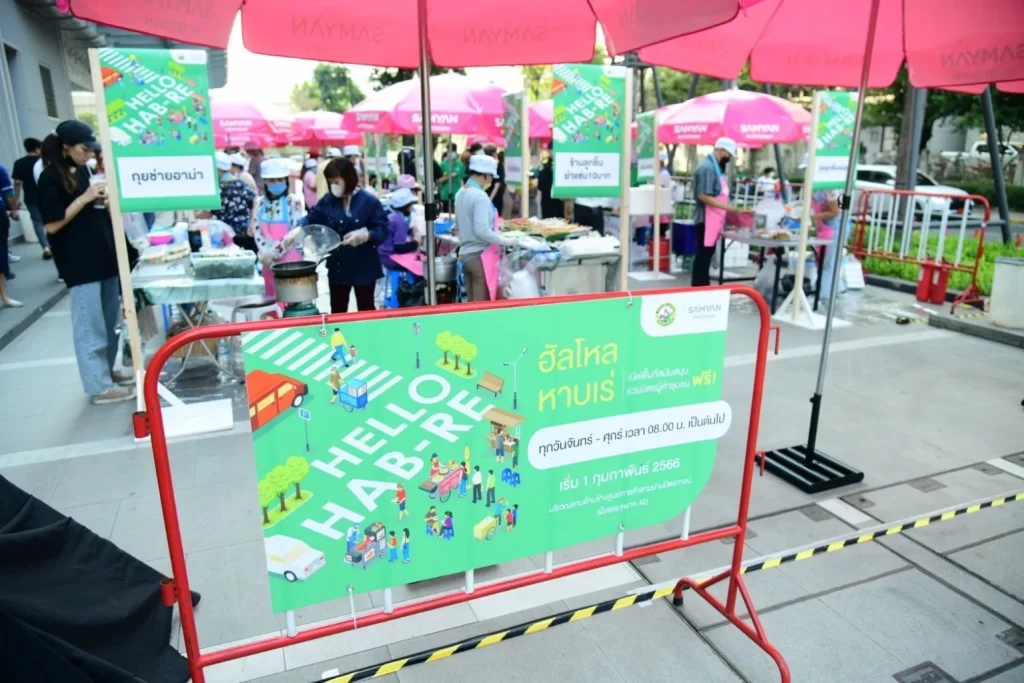
Meanwhile, the local government’s efforts have prompted several vendors to express concerns about future expensive rents and undesirable sites.
Chadchart’s hawker centre, which debuted in January, was practically vacant by February. According to a neighbour, sellers had to push their carts to the street outside because there were no customers.
“If I move to the hawker centre, I’ll have to pay about 1,000 baht ($28) per day in rent, and no one walks past there.” It’s just the way Thais behave. “They walk past things, and if they want to buy them, they do,” Somsak explained.
“City officials advised me to shift jobs, proposing I work as a security guard and my wife as a housemaid. At our age? “How did they come up with something like that?”
Chadchart is not the first Bangkok governor to launch an initiative to clean up the city’s pavements. Most recently, in 2017, then-Gov. Aswin Kwanmuang proposed intentions to prohibit street food in Bangkok except in two tourist hotspots: the Yaowarat (Chinatown) district and Khao San Road, the backpackers’ haven in the city’s ancient quarter.
At that time, Chadchart stated that there were “two sides to the issues including the people’s hardship and the city’s order, although there was no measure to be lenient when it comes to the city’s order.”
Somsak and his partner sellers reached an agreement to transfer their stalls to the alley, allowing them to continue selling on the sidewalk.
Long Queues Return for Bangkok’s Famous Street Food




